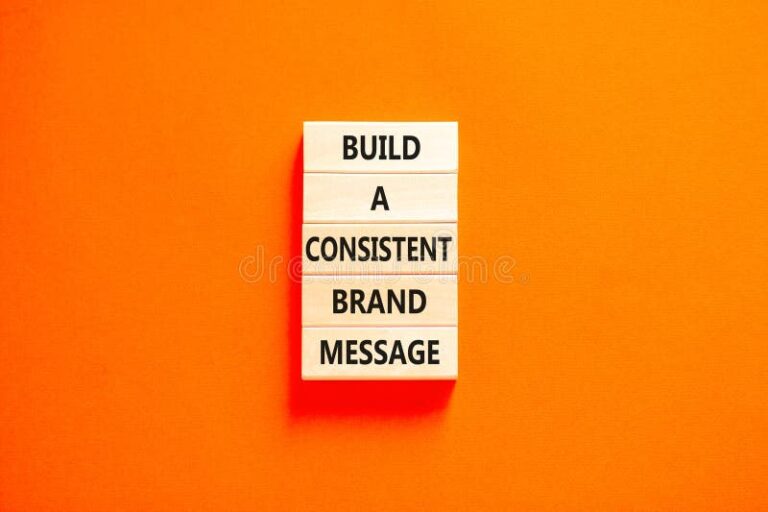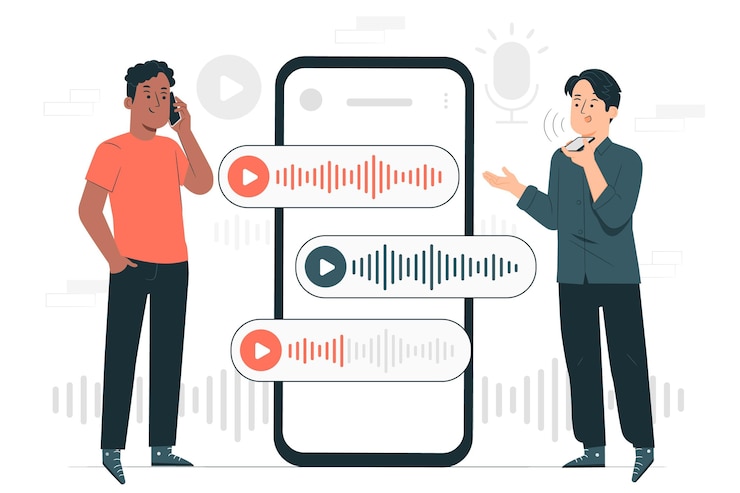Imagine this: A potential client is scrolling through their phone late at night, overwhelmed with choices for their next B2B partnership. They skim past company names, barely registering each one, until something makes them pause. Maybe it’s a color that stands out, a line of copy that speaks directly to their frustration, or a testimonial that reminds them of their own struggles. In that fleeting moment, they feel something, trust, confidence, curiosity.
And just like that, they’re hooked.
In today’s world, people make decisions faster than they think. They don’t have the time or the bandwidth to analyze every detail about your company, your product, or your services. What they do have are feelings, emotional reactions that are formed within microseconds that determine whether they’ll engage with your brand or move on to the next option. These emotion-driven quick decisions are the norm. Which means your brand’s first impression can make or break a future business relationship, and it all comes down to how you make people feel.
But here’s the real kicker: It’s not just one moment that matters. That initial feeling is reinforced, changed, or deepened every time your audience engages with your brand. From your website’s design and messaging to the way your team interacts with clients, every single element contributes to the emotional experience and emotions drive decisions.
The Emotional Chain Reaction: From First Impressions to Lasting Connections
In the split second the client first encounters your brand, whether it’s on their phone, at an event, or through a referral, they’re not reading in-depth case studies or analyzing pricing plans. They’re reacting, often subconsciously, to emotional triggers. What do they feel when they see your logo, your color scheme, or your headline?
Imagine them browsing your website. The colors you’ve chosen evoke calm and trust. The words on the page speak directly to their pain points, offering solutions without overselling. They don’t feel bombarded or pressured. Instead, they feel understood. It’s as if your brand knows exactly what they need, without even having to ask.
This is the emotional chain reaction that begins with their first touchpoint and continues through every interaction. The goal isn’t just to make them feel good once, it’s to continually build on that feeling of trust and confidence throughout their entire journey with your brand.
Colors, Words, and Interactions: Crafting the Emotional Experience
Emotions are complex, and so are the factors that shape them. In branding, every element matters. Consider how the following components work together to craft a seamless emotional experience:
- Colors: Did you know that colors can trigger specific emotions? For example, blue often evokes feelings of trust and stability, while green signals growth and balance. Choosing the right color palette for your brand is about more than aesthetics, it’s about how you want people to feel when they interact with you.
- Messaging: The words you choose can either connect with your audience or alienate them. If your tone is overly formal in a relaxed industry, or too casual when dealing with serious topics, you risk creating a disconnect. On the other hand, clear, confident, and empathetic language reinforces the emotional response you want your brand to evoke.
- Interactions: Every human interaction with your brand, whether it’s an email, a phone call, or a face-to-face meeting, leaves an emotional imprint. Is your sales team attentive and helpful? Does your customer service follow through on promises? These touchpoints reinforce the initial emotional reaction that drew your audience in.
Let’s return to our story. The client, intrigued by your brand online, decides to get in touch. When they call, your team greets them warmly, listens attentively, and offers genuine solutions without rushing the conversation. They leave that call with the same sense of trust they felt from your website and maybe a little more excitement about the possibility of working with you.
Emotional Decisions Are Faster—and Stickier
Why is this emotional connection so critical? Because emotional decisions happen faster than logical ones. In fact, studies show that people decide based on emotion first and then use logic to justify their choice. It’s a faster, more instinctive way to navigate the overwhelming amount of information we all face every day.
But it’s not just about speed. Emotional decisions are also more sticky. When someone feels an emotional connection to a brand, whether it’s a sense of trust, excitement, or security, they are more likely to stay loyal, to forgive occasional mistakes, and to advocate for that brand in the future.
Think about it. Would you rather work with a company that ticks all the boxes on paper but feels cold and distant, or one that makes you feel understood and valued at every step of the process? Your audience is asking the same question, and their decision will be based largely on how your brand makes them feel.
The Role of Social Proof: Strengthening Emotional Bonds
Let’s revisit our potential client. They’ve had a great first impression. They feel good about the initial interaction. But now they need validation. What do they do? They look to social proof, testimonials, case studies, reviews, to confirm the emotional decision they’re already leaning toward. If others are saying good things about your brand, their positive feelings will only grow stronger.
This is why social proof is critical in today’s decision-making landscape. It’s not just about showing off your successes; it’s about reinforcing the emotional bonds you’ve already begun to build. When prospects see other people benefiting from your brand, it creates a sense of community, trust, and validation.
Every Touchpoint Builds the Story
As the client moves through the sales process, they continue interacting with your brand, maybe they get an email from your team, a follow-up call, or a proposal sent over. Each of these interactions isn’t just a step toward closing the deal; it’s another opportunity to reinforce how they feel about your brand.
In the end, the decision they make isn’t purely about cost or specs. It’s about the cumulative emotional experience your brand has provided. Did every touchpoint, digital and human, make them feel confident in you? Did it make them trust that you understand their needs and have their best interests at heart?
Conclusion: Make Them Feel, and They’ll Choose You
In today’s fast-paced world, where decisions are made in seconds and emotions drive those decisions, the brands that succeed are the ones that know how to make people feel. It’s not enough to have the best product or the most competitive pricing. If your brand doesn’t evoke the right emotions, trust, confidence, empathy, you’ll lose out to competitors who do.
So, ask yourself: How does your brand make people feel? Because if you can make them feel understood, valued, and confident, they won’t just choose you, they’ll keep coming back.
If you’re ready to accelerate growth, partner with Cureight for expert SEO and content marketing strategies tailored to your unique challenges. With our flexible Teams-as-a-Service (TaaS) model, you get the expertise you need on-demand. Our high-performance teams specialize in SEO and content marketing, driving success through human-centered, creative approaches. If you’re looking for powerful, emotive messaging that attracts prospects and builds customer loyalty, call Cureight today.


